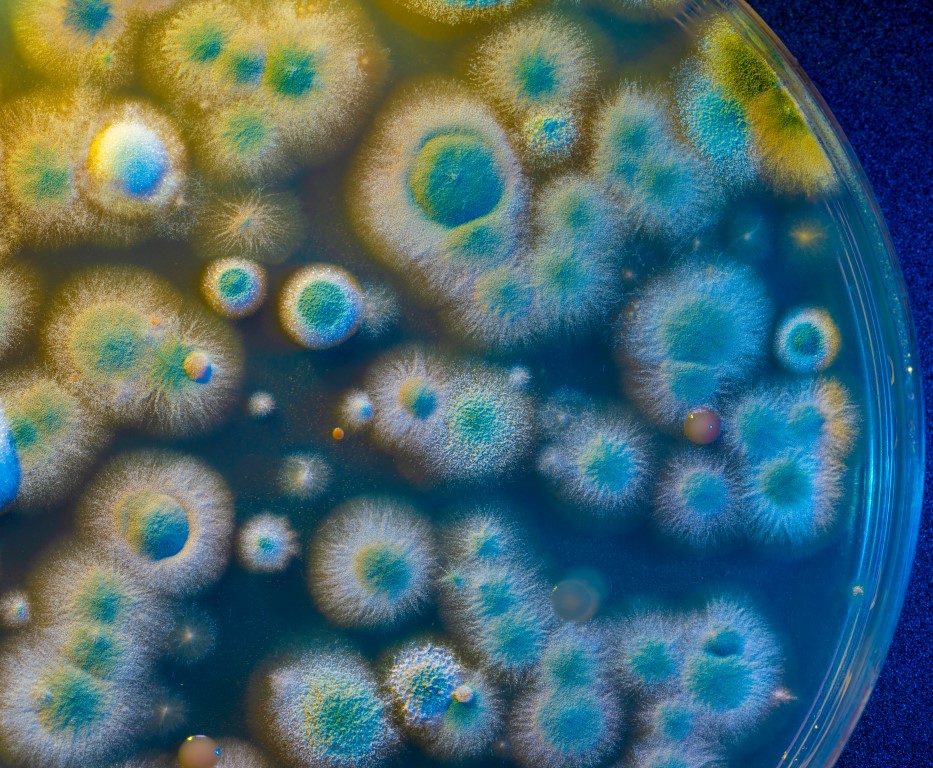Study design & expert advice
For the initial phase of research projects and clinical studies, we offer consultancy and support for project and study design. Our team includes a number of experienced PhD-level experts, who can advise you regarding the design of your research project and/or clinical trial, the optimal sampling methods, practical aspects regarding storage and logistics and the most appropriate technical approach.
Sampling, shipping and storage
Scalp sampling is generally done using NaCl prewetted swabs. Other sampling methods, such as tape strips, are not very useful for scalp studies. It is important that a dedicated sampling area is used, which is similar for all involved patients and volunteers. Of course, we can advise you about the instructions on the sampling for the involved nurses. We can also supply all materials for storage and shipping with stabilizing buffers that allow for shipment at room temperature. Upon understanding the aim of the project, we can present our advice on study design & size and sample collection procedure.
Fully automated 16S rRNA and ITS gene-based profiling
We offer a complete microbial community analysis service, including fully automated DNA/RNA extraction from the skin samples. By using PCR and NGS technology we can determine the composition of bacteria, Archaea and fungi in your sample. Standard solutions for microbial profiling include 16S and/or ITS amplicon analysis for taxonomic classification and relative frequencies.
Quantification & tracking of specific strains within the microbiome using qPCR
Using a qPCR approach, we can measure changes in the abundance of specific strains within the skin microbiome. We offer this service including project design and performing the assays. Due to the quantitative method that is used, we can deliver the absolute abundance of the strains that are analyzed.
Shotgun metagenomics for species level identification and functional analysis
With our state-of-the-art shotgun metagenomics pipeline, we offer a full analysis service, including quality control of the data, metagenome assembly and generation of tables that describe the abundance of different functional units and pathways across different samples. To this end, we use an in-house, improved analysis suite that includes metagenome assembly, gene prediction, gene catalogue creation and annotation, as well as abundance estimation of annotated genes and other functional units.
Data visualizatoin & interpretation
Interactive data visualization tool on BaseClear’s proprietary Genome Explorer browser including basic biostatical analysis options (e.g. PCA, RDA). Data interpretation to support your ‘microbiome friendly’-claim




